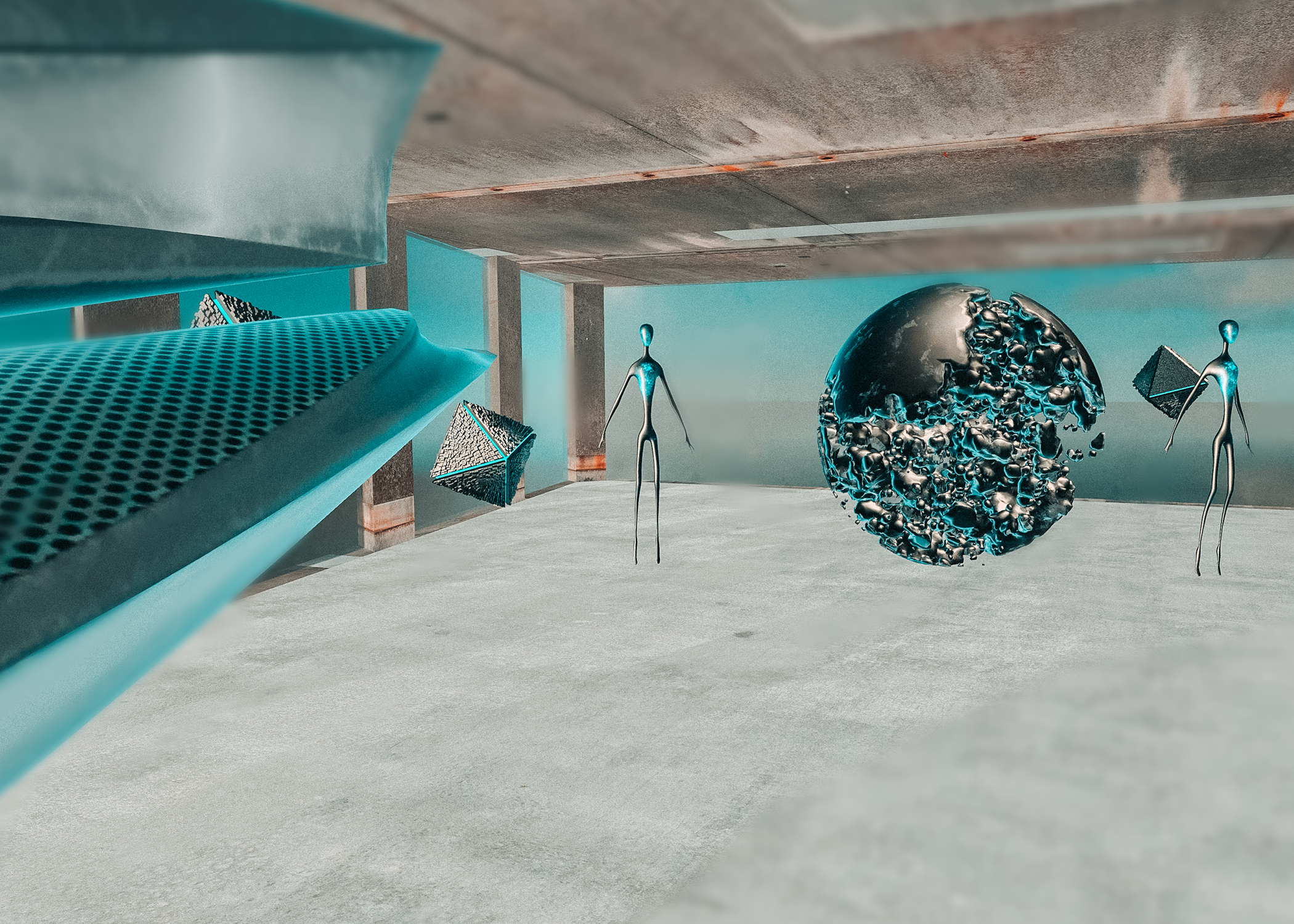Like painting, video, sculpture, or any artistic medium, the primary use of NFT artwork is to experience it, but because NFTs are digital tokens instead of physical objects, collectors have more options when it comes to how they appreciate their artworks.
How is NFT art displayed?
Collectors can display their NFTs on digital frames, TV screens, monitors, or even on tablets, and they can loan their collections for exhibition without needing to worry about shipping, or risking physical damage to the piece. And because NFTs are kept on the blockchain, there's no need to devote space and money to storing or maintaining them.
Several brands of high-quality digital displays are on the market, and these are often the preferred methods of exhibition among collectors, artists, and curators, as they’re manufactured specifically for showing digital art.
 "GalleryOne" by MassiveLoopVR is licensed under CC BY-SA 4.0.
"GalleryOne" by MassiveLoopVR is licensed under CC BY-SA 4.0.
Many collectors also create personal NFT galleries. Sometimes these are in brick and mortar spaces, but often they exhibit their art in the metaverse or online, giving more people opportunities to become curators and allowing them to engage with art communities while supporting their favorite artists.
NFT collectors also use their favorite pieces in more personal ways, like profile pictures, device wallpaper, custom prints, and more.
It is important to know that, just like buying physical art, owning an NFT does not mean you own the copyright — unless specifically stated, you may not be allowed to sell copies or use the NFTs you collect for commercial purposes. Learn more about NFT copyright here.



